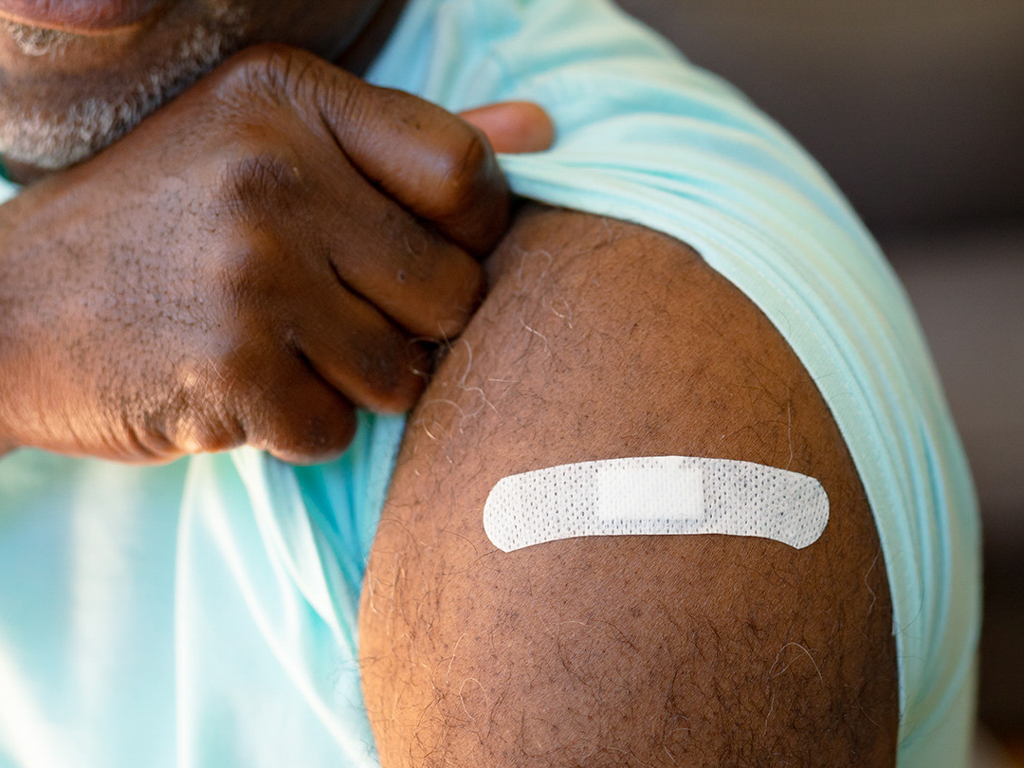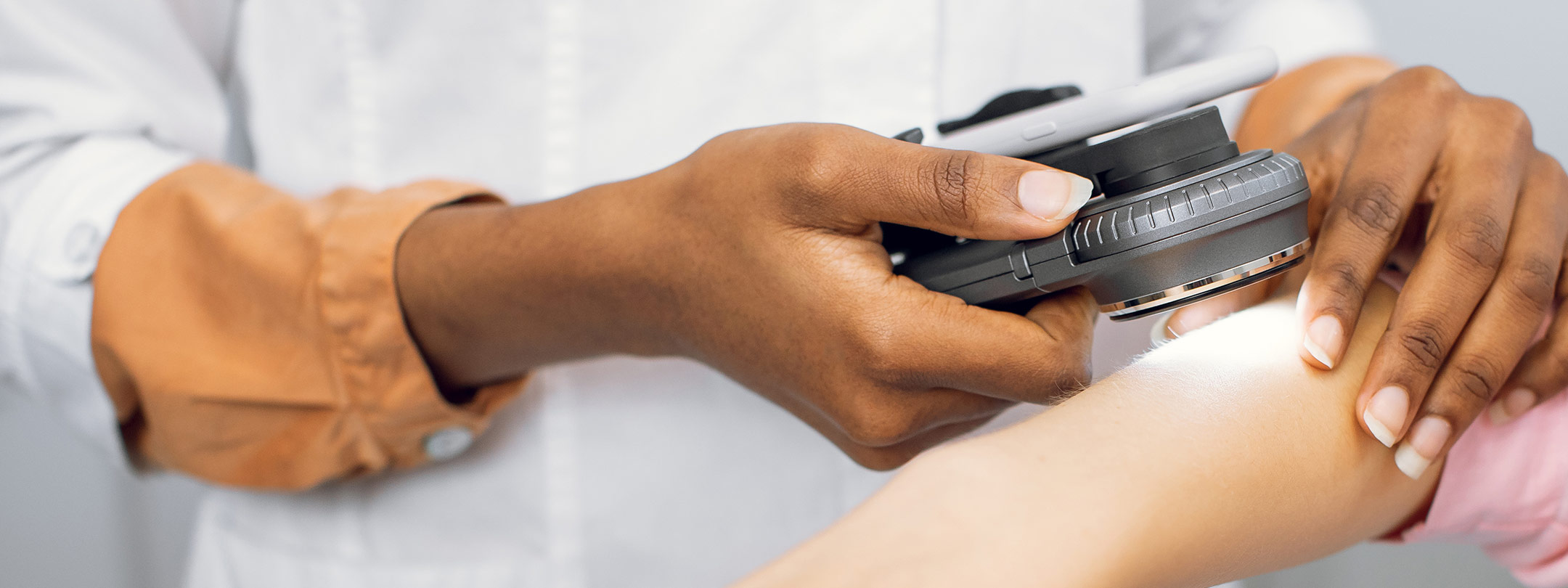Everyone is at risk of skin cancer.
Most people think that skin cancer is only a problem in older populations, but the fact is, anyone can get it.
According to the American Cancer Society, melanoma is one of the most common cancers in those under 30—especially women. Some people have a higher risk of developing skin cancer at any age.
WHAT IS SKIN CANCER?
According to the Skin Cancer Foundation, skin cancer is when abnormal cells in the outer skin layer continue to mutate, eventually forming malignant tumors.
There are a few different types of skin cancer. These are the most common:
Basal Cell Carcinoma
These skin cancer lesions are the most common type of skin cancer. They often look like a “flesh-colored round growth, pearl-like bump, or a pinkish patch of skin,” according to the American Academy of Dermatology (AAD).
These spots are common on the head, neck, and arms, but they can form anywhere.
Squamous Cell Carcinoma
This type of skin cancer is the second most common type. The AAD says they often look like “a red firm bump, scaly patch, or a sore that heals and then re-opens.” SCCs form more frequently on sun-exposed skin, such as the ear, face, neck, arms, chest, and back.
Melanoma
Melanoma lesions are third most common. These can be deadly because they have a tendency to spread to other parts of the body.
This type of skin cancer can develop on its own, or it can develop from moles.
Melanoma can develop in areas not typically exposed to the sun, such as the soles of the feet, under fingernails, or on the scalp.
SELF SKIN CHECKS
It’s a good idea to start checking your own skin when you’re 18.
A self-skin check is one of the easiest preventive measures you can take for your health. All you need is a full-length mirror and a handheld mirror.
Using the full-length mirror, look over every part of your skin. Be sure to include your underarm areas, the palms of your hands, between your fingers and toes, the soles of your feet, and even in areas not exposed to the sun.
Use the handheld mirror for areas you can’t easily see in the full-length mirror. If you can’t see behind your ears or on your scalp with the handheld mirror, ask a friend or family member to help you look.

As you look at your skin, notice any spots that don’t look like the rest of your skin. Pay attention to new or changing spots or growths, a sore that doesn’t heal, a scaly red patch, and any changing moles.
Follow the ABCDEs to help you identify moles or spots to watch.
Asymmetry: The spot or mole isn’t the same on both halves
Border: It has an irregular or poorly-defined border
Color: It has different colors
Diameter: It is larger than a pencil eraser
Evolving: It is changing over time
SKIN CHECKS FROM A MEDICAL PROVIDER
If you’re at a higher risk of developing skin cancer, it may be a good idea to get a skin check from a medical provider. Here are a few (but not all) risk factors:
- Light skin and eyes
- Skin that burns easily
- A history of blistering sunburns
- Tanning bed use
- Family history of skin cancer
- A weakened immune system
- Having several large or many small moles
Additionally, those who find a suspicious area during a self-exam or have had skin cancer in the past should see a medical provider for skin checks.
WHAT TO EXPECT AT A SKIN CHECK
Before your appointment with a primary care doctor or a dermatologist, be sure to remove any nail polish, wear your hair loose, and take off any makeup.
When you get to the provider’s office, you’ll remove your clothes and put on a gown. The provider will check your skin from head to toe, including your scalp, between your toes, your nails, and behind your ears. If the provider finds anything unusual, they will take a biopsy of the spot and send it to a lab to be examined for any abnormal skin cells.
That’s it! Your appointment (in many cases) will likely take 15 minutes or less.
FAQS ABOUT SKIN CANCER AND SKIN CHECKS
What age can you get skin cancer?
People of all ages get skin cancer, according to the AAD.
What is the average age for skin cancer?
The American Cancer Society says the average age of diagnosed melanoma is 66. A study published in a Polish medical journal found the most common age group in the study to have basal cell carcinomas was between 70 and 75 years old. Squamous cell carcinomas also are most common in people over 50.
What is the most common type of skin cancer?
Basal cell and squamous cell carcinomas are the most common forms of skin cancer. They are also easily cured, especially when caught early.
How often should you get a full body skin check?
It depends. Your provider will recommend how often you should come in for a full body skin check depending on your risk of skin cancer and your skin concerns.
FIND QUALITY HEALTH INSURANCE CLOSE TO HOME
If you need a health insurance plan that can provide preventive care and peace of mind, check out Select Health. From individual plans to employer plans, you can find something that best fits your needs and circumstances.
Call our sales department at 800-442-3125 (toll-free) to learn more about your options.
Note: Information on this page is not considered medical advice. Please contact your primary care provider for specific medical care guidance and recommendations.
This article is intended for informational purposes only and is not legal or medical advice. Links to other sites are provided as a convenience, but Select Health does not endorse the third-party sites, information, or services.
Related Articles



